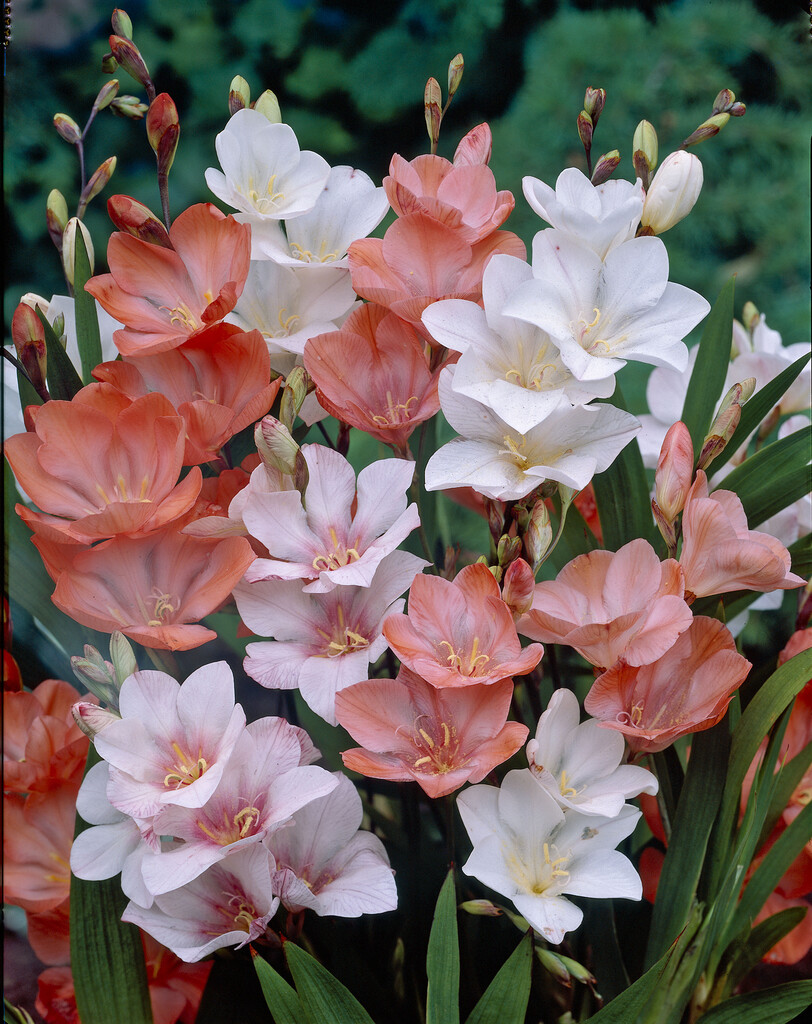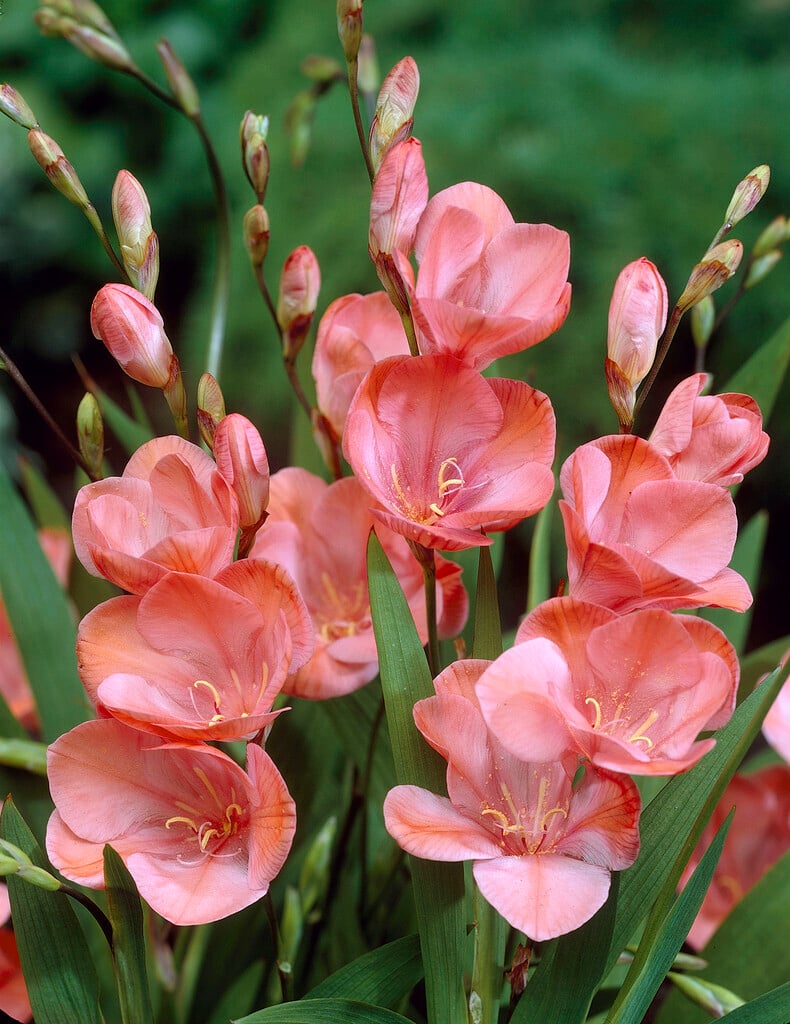Size
Ultimate height
0.1–0.5 metresTime to ultimate height
1 yearUltimate spread
0–0.1 metreGrowing conditions
Moisture
Well–drainedpH
Acid, NeutralColour & scent
| Stem | Flower | Foliage | Fruit | |
| Spring | Orange Red Yellow | |||
|---|---|---|---|---|
| Summer | ||||
| Autumn | ||||
| Winter |
Position
- Full sun
Aspect
South–facing or West–facing
Exposure
Sheltered Hardiness
H3Botanical details
- Family
- Iridaceae
- Native to GB / Ireland
- No
- Foliage
- Deciduous
- Habit
- Bushy
- Genus
Tritonia are cormous perennials with linear leaves in two ranks, and few-flowered spikes of cup-shaped to funnel-shaped flowers in spring or summer
- Name status
Unresolved
How to grow
Cultivation
Under glass, grow in peat-free, loam-based potting compost with added sharp sand, in full light. After flowering, water sparingly until foliage appears; in full growth, water freely. As leaves wither after flowering, gradually reduce water to ensure a warm, dry dormancy. Repot annually
Propagation
Propagate by seed or remove offsets when dormant
Suggested planting locations and garden types
- City and courtyard gardens
- Coastal
- Cottage and informal garden
- Patio and container plants
- Flower borders and beds
Pruning
No pruning required
Pests
Generally pest-free
Diseases
Generally disease-free
Love gardening
Sign up to receive regular gardening tips, inspiration, offers and more
View our Privacy Policy
Get involved
The Royal Horticultural Society is the UK’s leading gardening charity. We aim to enrich everyone’s life through plants, and make the UK a greener and more beautiful place.

